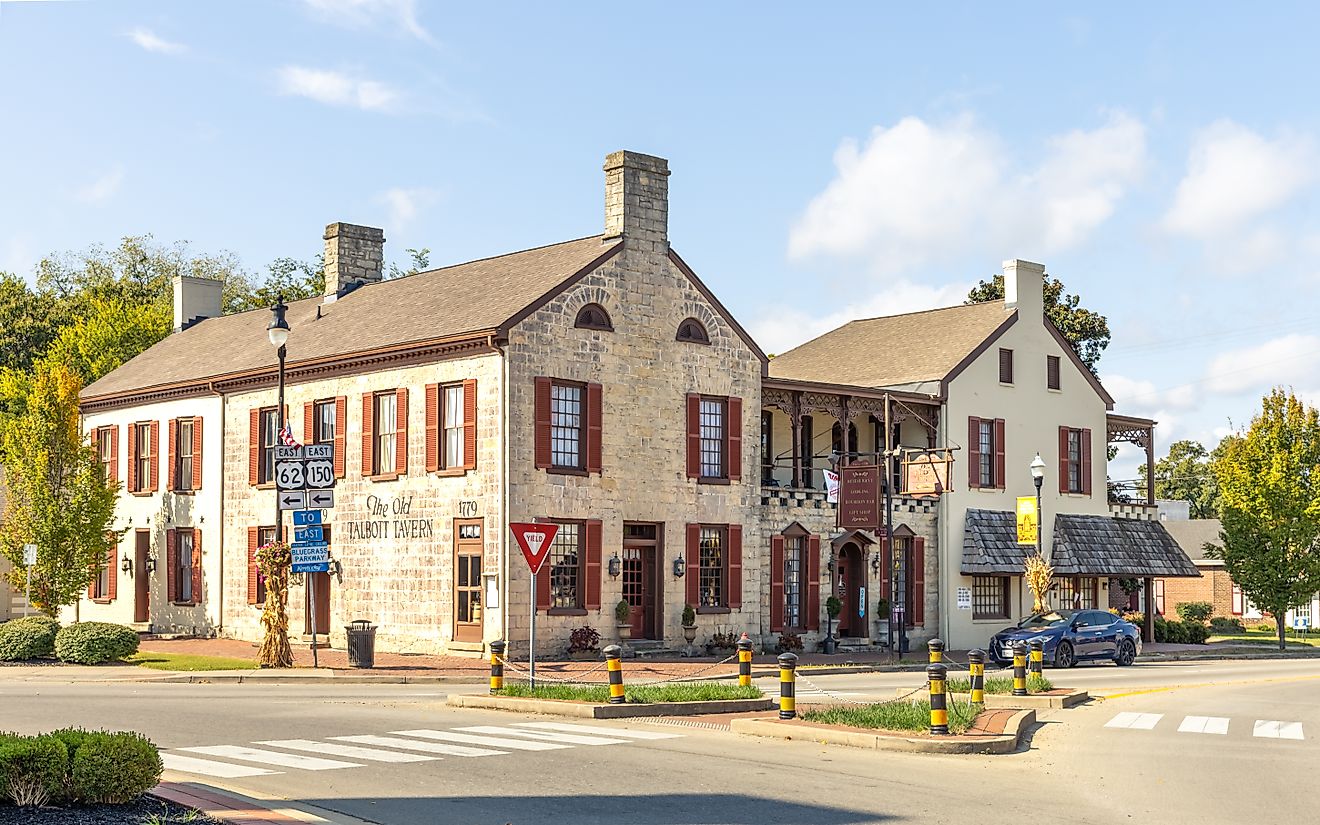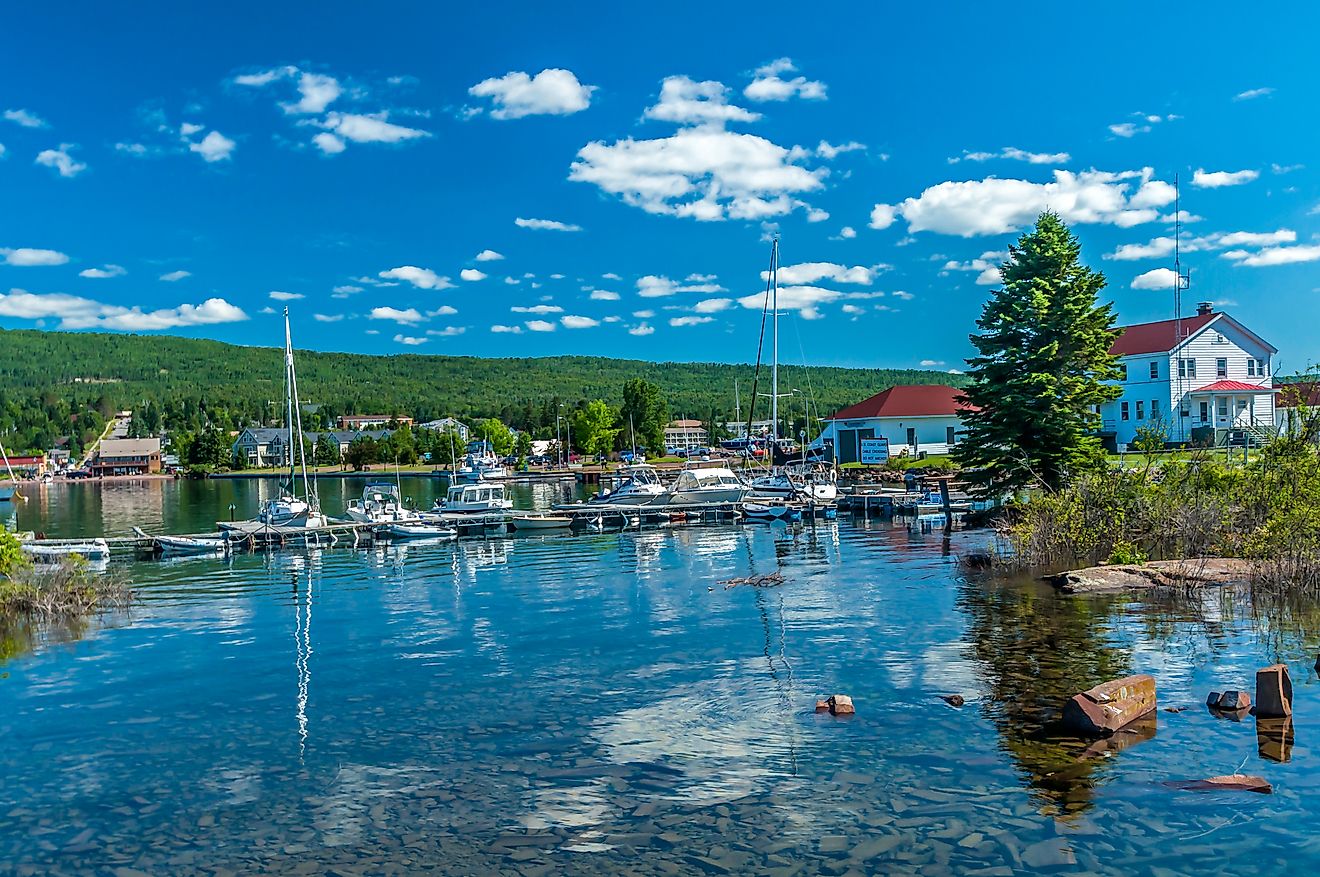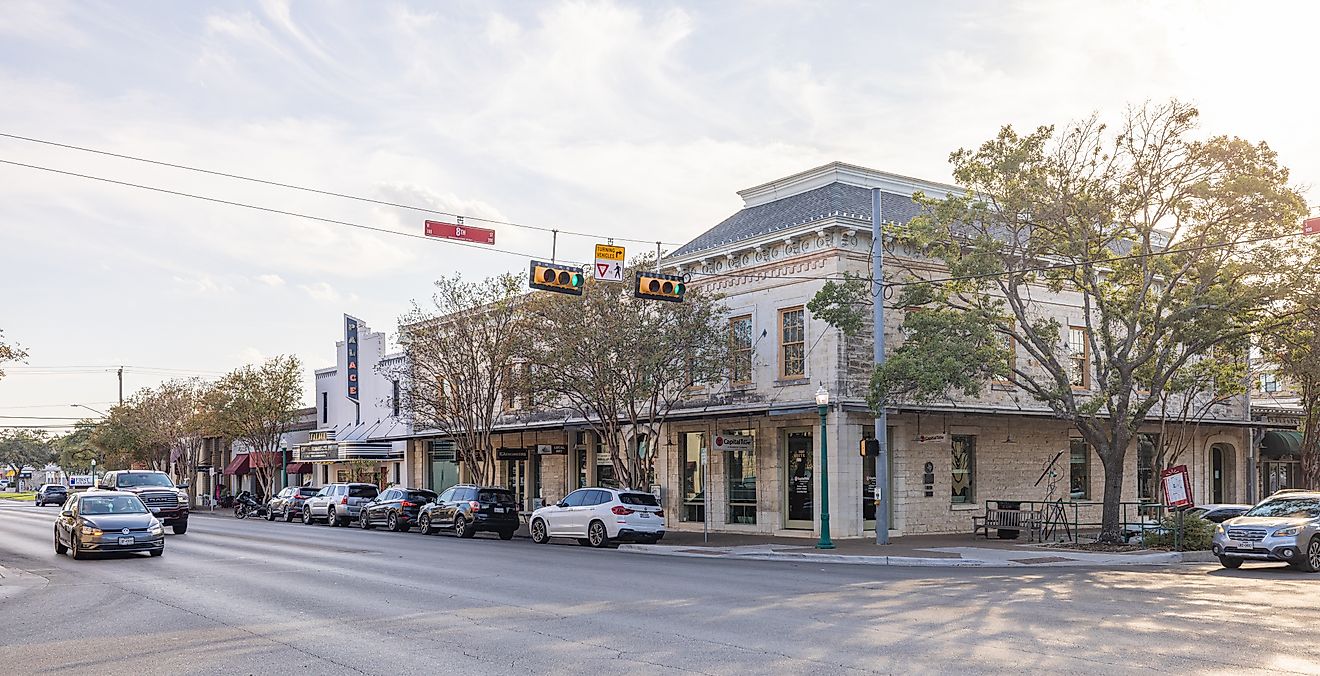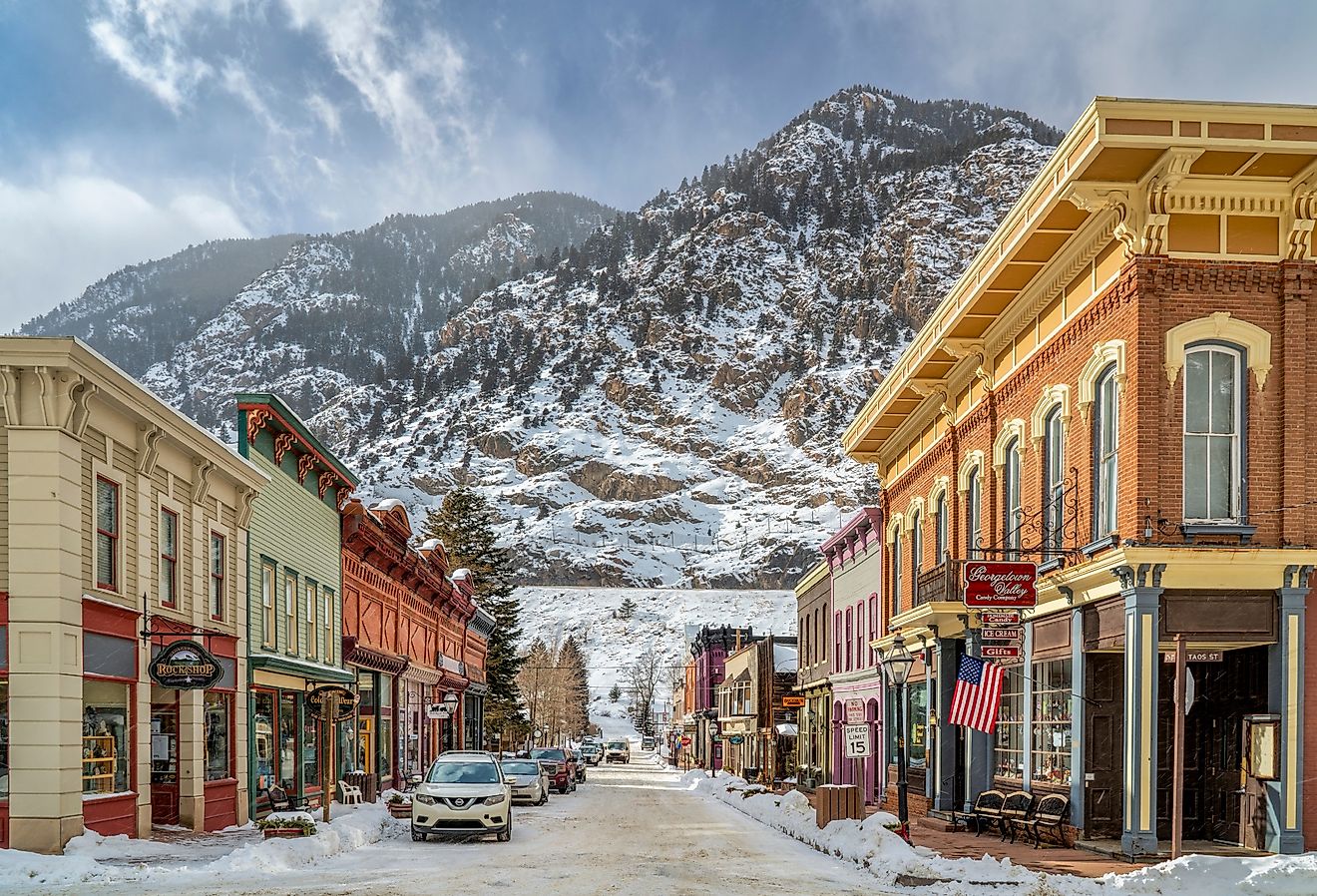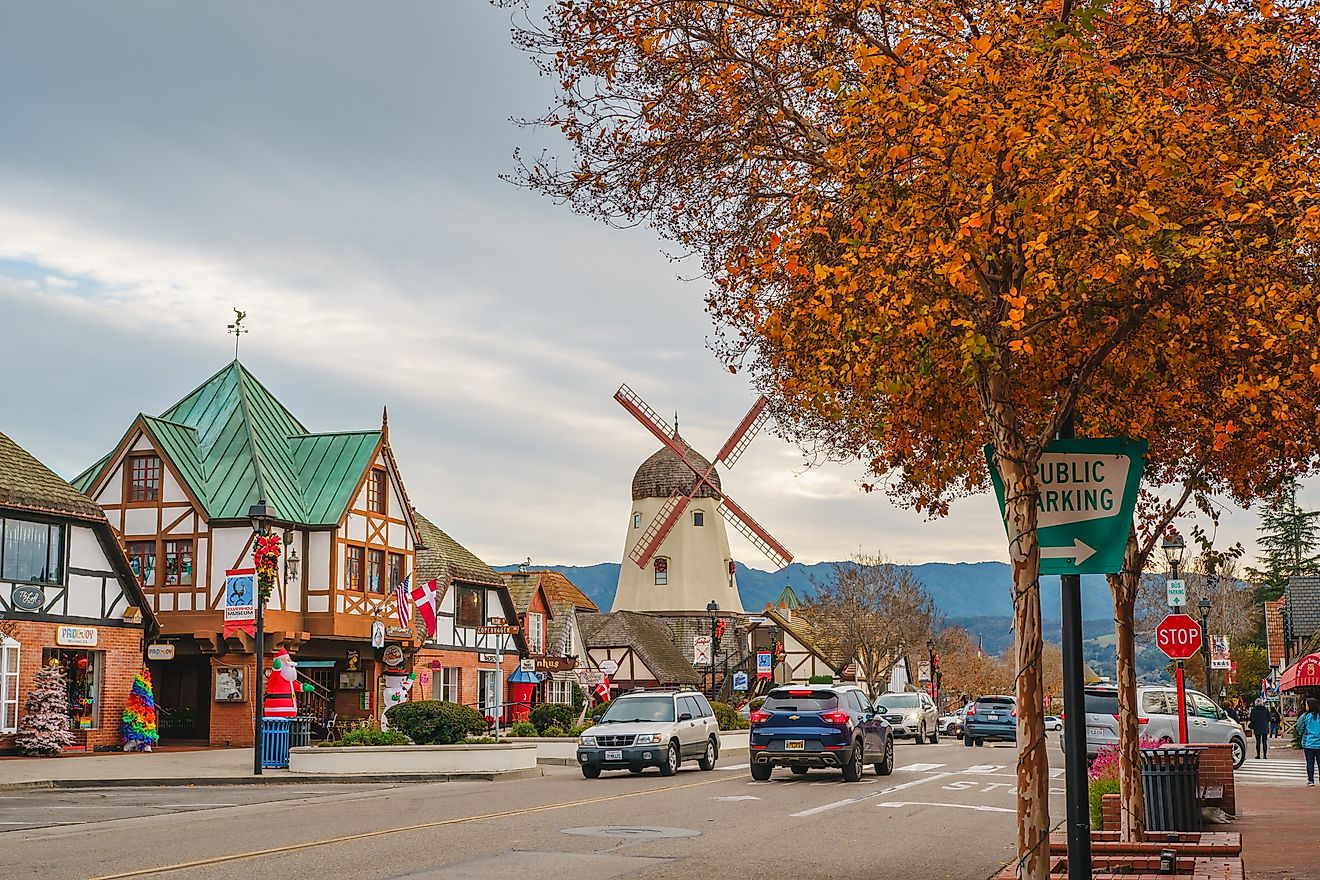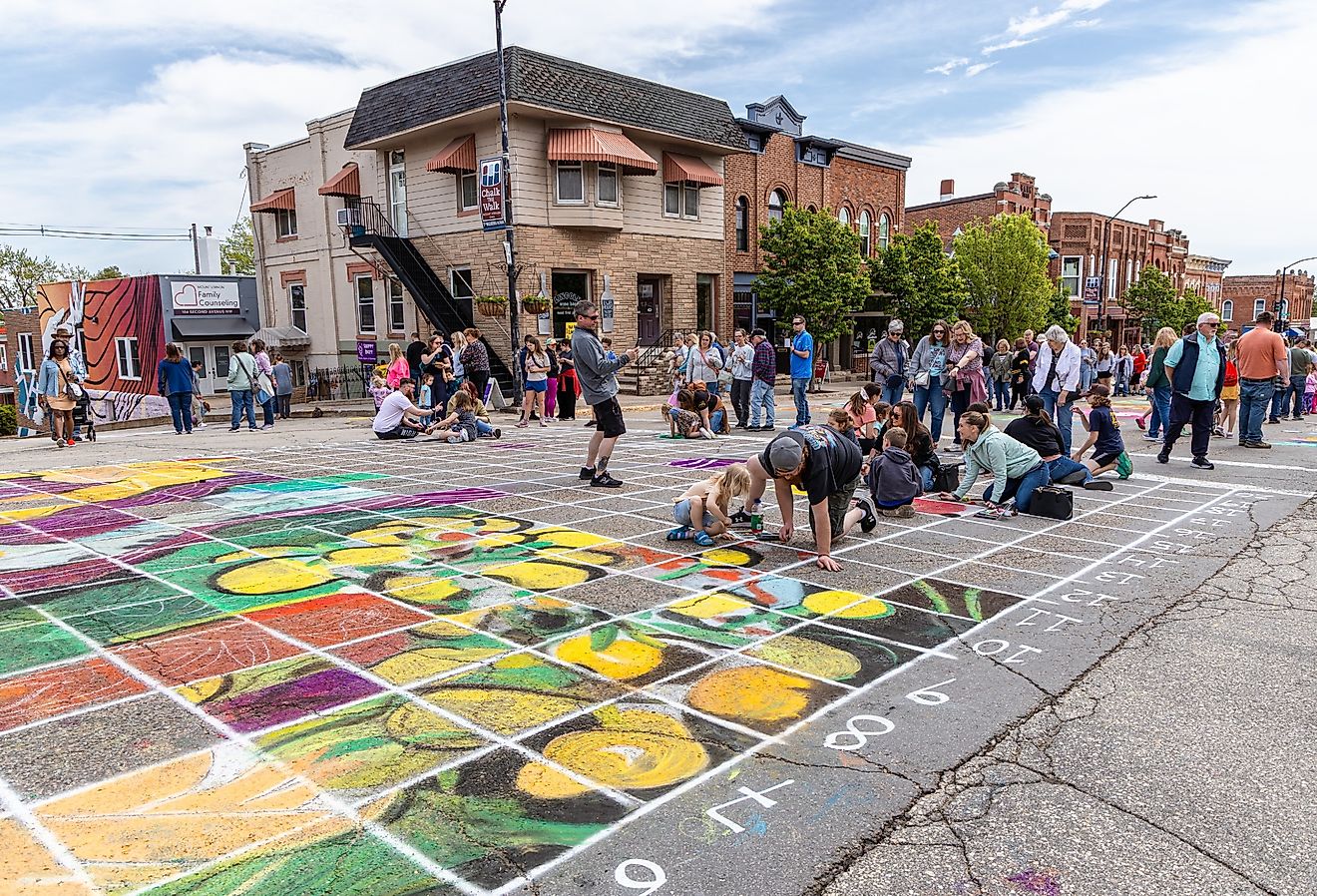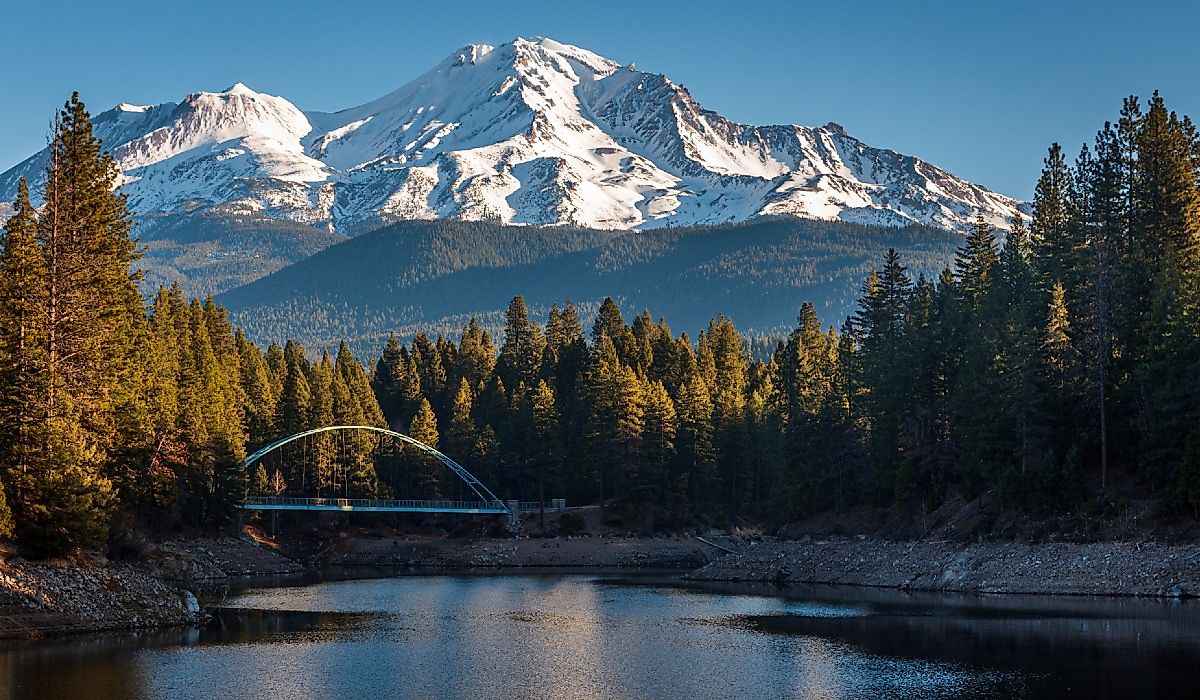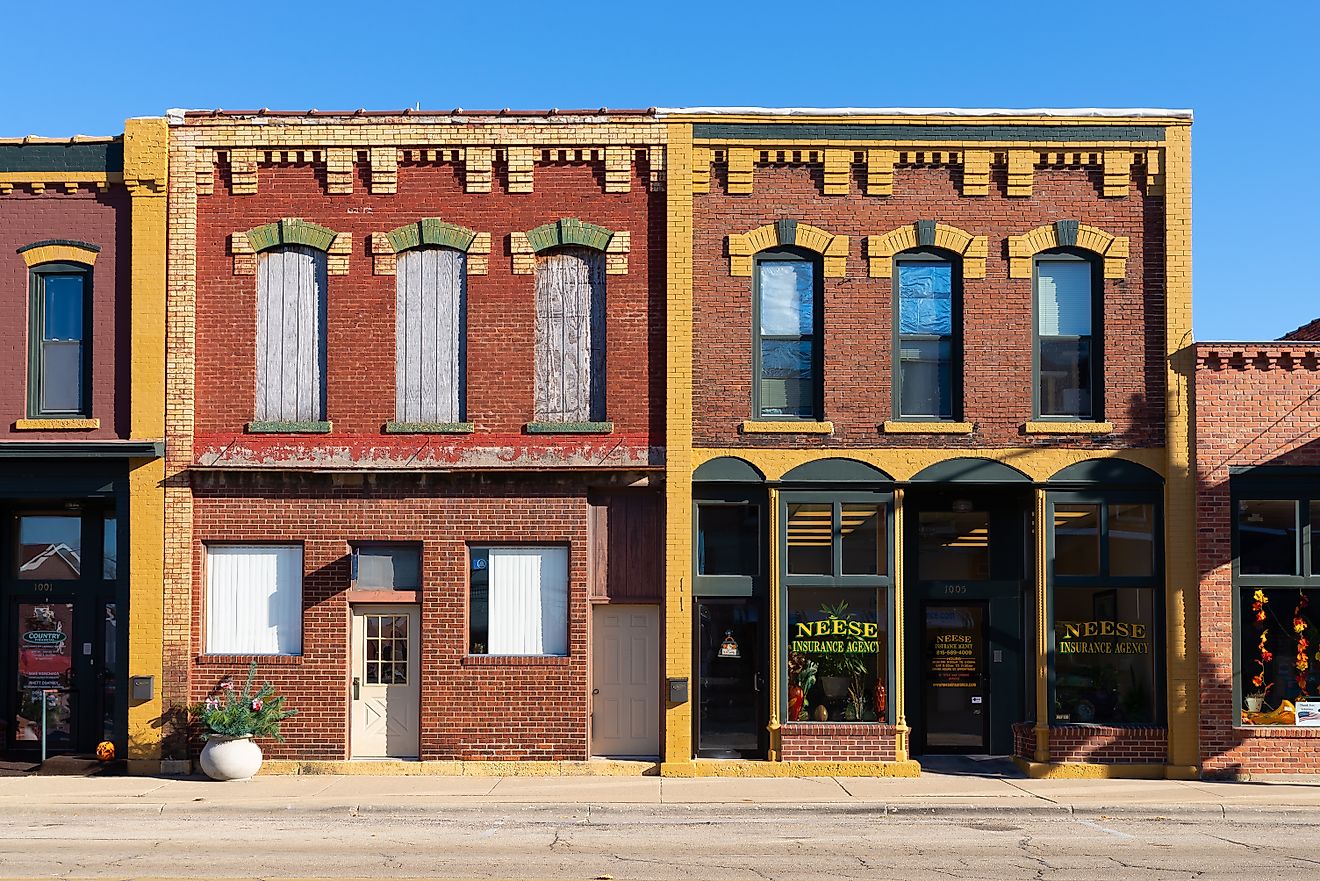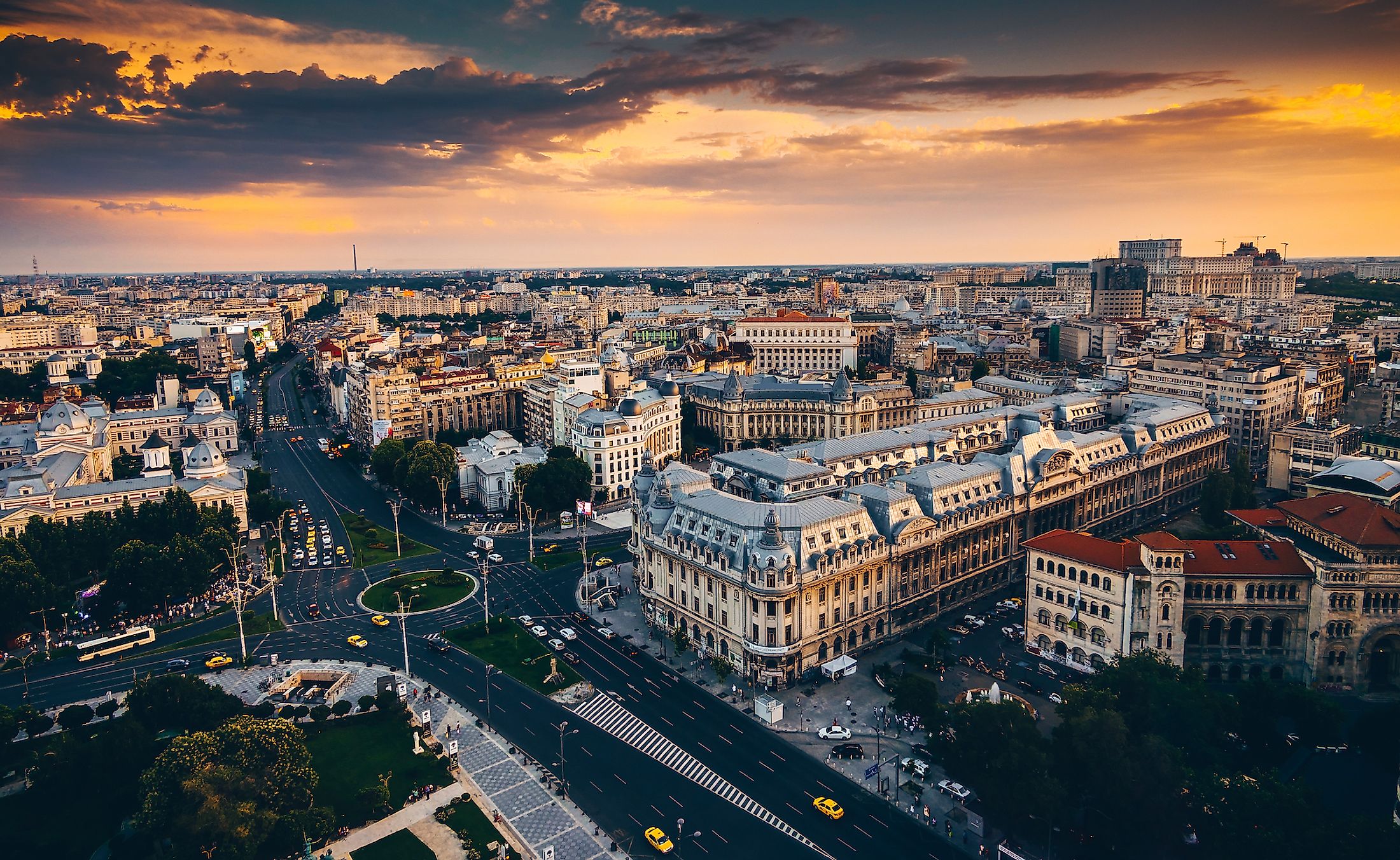
Bucharest
Bucharest is the capital and largest city of Romania, a country in Eastern Europe. The city was originally chosen to be the home for the royal court of Wallachian princes, who supposedly chose it because it had the strongest citadel at that time and was very defendable. In the 19th century, Bucharest became the capital of the Ottoman Turkish vassal Principality of Romania. Shortly thereafter, it became the capital of an independent Romania, and has remained so ever since.
Naming Of The City
The name “Bucharest”, or “Bucuresti” in Romanian, is of unknown origin. There are different theories as to where the name comes from, but there have been no universal consensus. Some believe that the name originates from the word “Bucurie”, which is of Thracian-Geto-Dacian origin and meant “joy”. In the Albanian language, the word “bucur” means “beautiful”. Thus, Bucharest would translate as “beautiful city” or “city of joy”. Others believe that “Bucharest” has its origins in the name of a person. According to an Ottoman Turkish historian named Evliya Celebi, Bucharest is named after someone named “Abu Karis”, who belonged to the “Bani Kureis” tribe. There is another theory that holds the origins of the name “Bucharest” to be derived from the word “Bukovie”, which means beech forest.
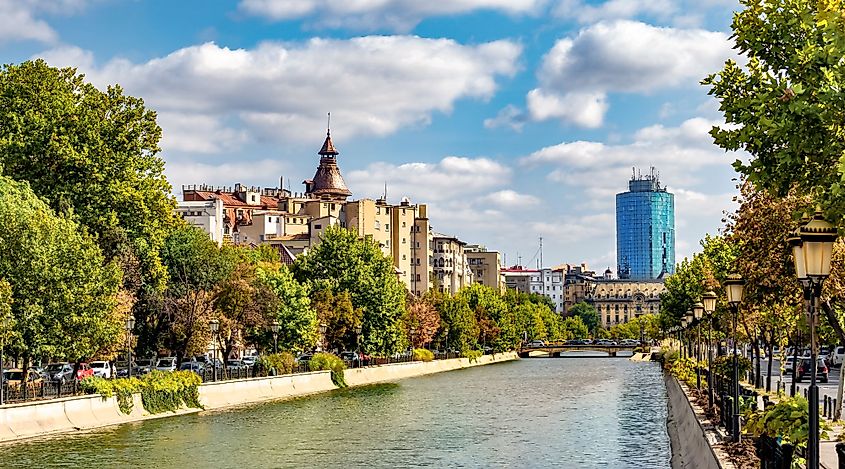
Geography
According to tradition, Bucharest is said to have seven hills, just like Rome. In fact, the name “Romania” means “Land of the Romans”. The Romanian capital is situated in the southern part of the country, not too far from its border with Bulgaria to the south. It sits on the banks of the Dâmboviţa River, in the southeastern corner of the Romanian Plain. The northern part of the city is dotted by several lakes, which stretch across the Colentina River, a tributary of the Dâmboviţa. There is also a small artificial lake, called Lake Cişmigiu, which is situated at the center of Bucharest.
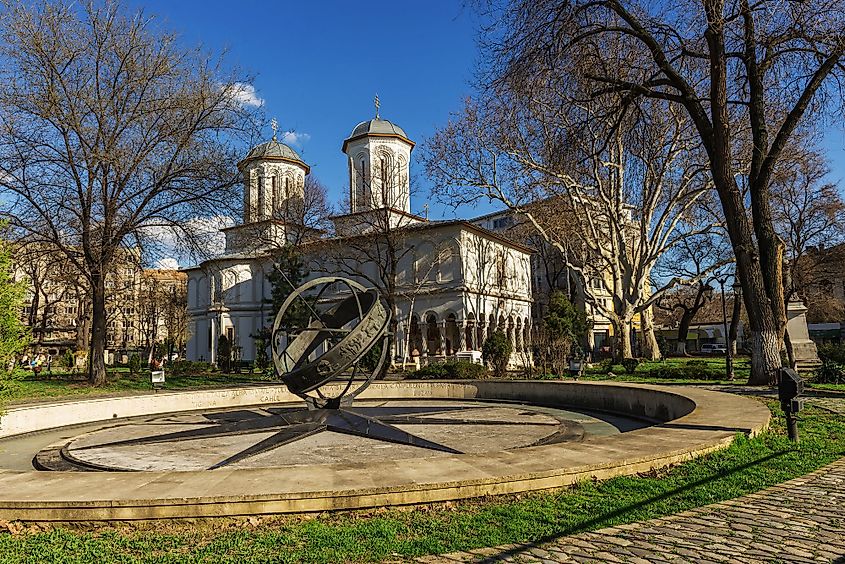
Bucharest is home to a significant amount of park land and green space. Named parks include Herăstrău Park, Tineretului Park, and the Botanical Garden. The Botanical Garden contains around 10,000 species of plants. Another notable green space is Văcărești Nature Park. The park covers 1.9 sq.km, including 0.9 sq.km of water. It is host to 97 species of birds and at least seven species of mammals.
Demographics
Bucharest is politically divided into six administrative sectors, which are spread radially from the city center. One reason that the sectors are spread radially is the city’s round shape. In fact, the city spreads out in a circle from what is known as Kilometer Zero, which is located in the center of the city, and is marked by a monument located in front of Saint George's Church. The total land area of Bucharest is 228 sq. km.
Bucharest’s population is estimated to be about 1.79 million, making it the largest city in Romania. Almost 90% of the city’s inhabitants are of Romanian descent. Other sizeable ethnic communities include Roma, Hungarians, Ukrainians, Russians, and Germans. The overwhelming majority of Bucharest’s residents, nearly 87%, adhere to Eastern Orthodoxy, which is also the dominant religion of Romania as a whole. The other religious communities in the city with significant numbers are the Protestants and Roman Catholics.
Economy
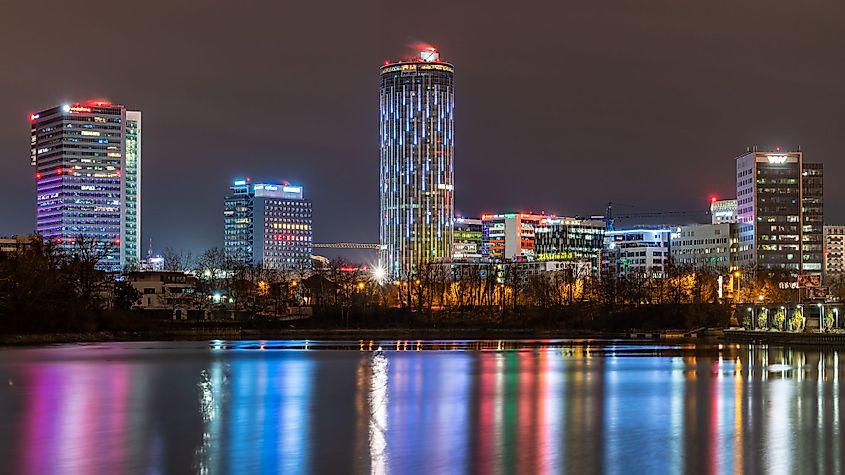
Bucharest is the most industrialized city in Romania. About one fifth of the country’s entire gross domestic product (GDP) comes from the country’s capital, as does a quarter of the country’s industrial production, even though the city’s population contains only 9% of Romania’s population. Bucharest’s economy is based primarily on industry and services. It serves as the headquarters for thousands of firms, including all of Romania’s large companies. After the year 2000, Bucharest experienced a significant property and construction boom. The city is home to a significant high-tech sector, including several software companies that operate offshore delivery centers. Bucharest serves as the center of Romania’s mass media, as all the television and radio stations, plus all the country’s newspapers, have their headquarters in the city. Bucharest is also the main transit hub in Romania, especially for trains and motor vehicles. In addition, the city hosts Romania’s largest airport. Interestingly, despite being situated on the banks of a major river, Bucharest has never been a significant port city. However, construction is currently underway on a canal that will link the Romanian capital to the Danube River. Thus, it is possible that Bucharest could become an important port in the future.
History
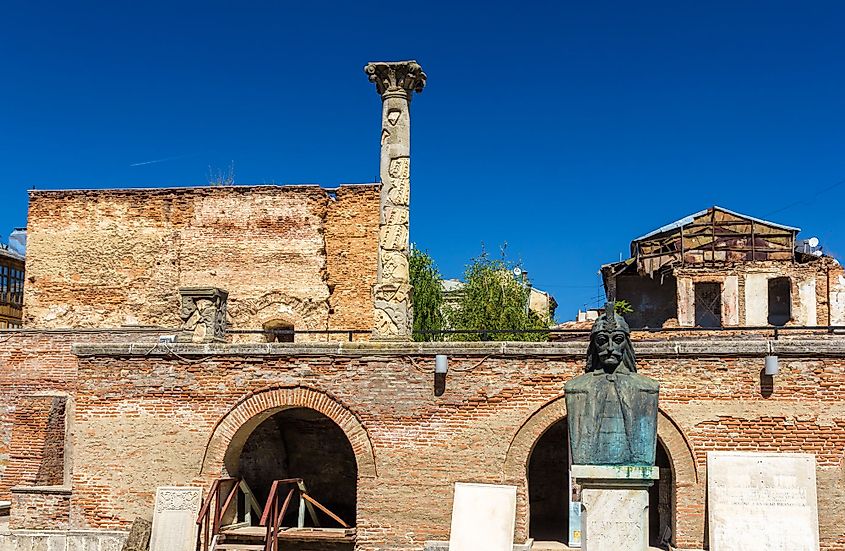
The area that now constitutes Bucharest has been inhabited since the Paleolithic Age, but there was no major city in the area until the Middle Ages. According to the legend, a man named Bucur founded the city. There is another theory, however, that the city was founded by a prince named Radu Negru, who was the ruler of Wallachia in the late 13th century. Wallachia is a historical region of Romania located north of the Lower Danube and south of the Carpathian Mountains. In 1459, the “Citadel of Bucuresti” was mentioned as one of the residences of Wallachian prince Vlad III, also known as Vlad the Impaler. Another royal residence in Bucharest was the Old Princely Court, which became the preferred summer residence of the royal Wallachian court. Ultimately, Bucharest gained favor as the capital because its contemporaries believed it had the strongest citadel.
Bucharest was occupied in 1476 by the Moldavians, and again in 1554 by the Ottoman Turks. In 1596, a violent uprising against the Turks nearly destroyed the city. The city and its royal court were rebuilt, however, in the 1660s, during the reign of Wallachian prince Matei Basarab. Before the 1700s, Bucharest became the most important center of trade in Wallachia. After 1698, the city became the permanent home for the Wallachian rulers. During the 18th and 19th centuries, Bucharest was destroyed by natural disasters and subsequently rebuilt several times. A rapid succession of empires ruled it during this time, including the Ottoman Empire, the Hapsburg Dynasty, and the Russian Empire.
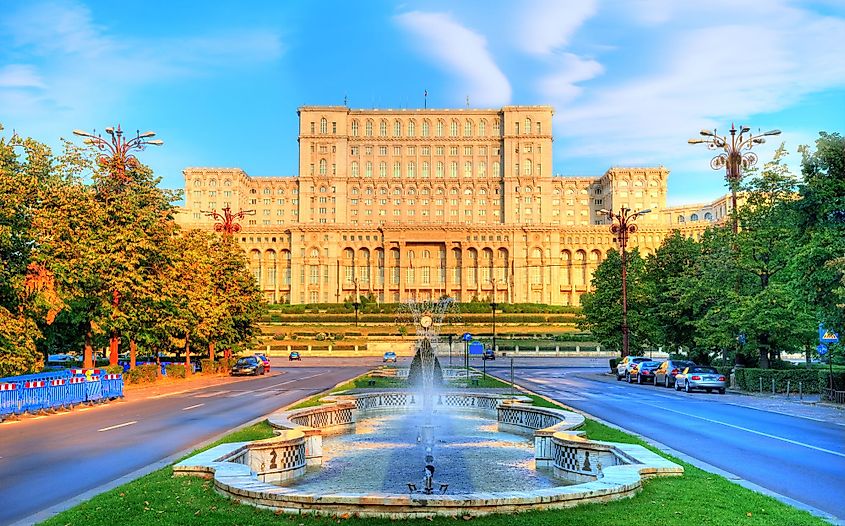
In 1861, Wallachia and Moldavia were united to form the Principality of Romania, of which Bucharest was made the capital. In 1877, Romania declared its independence from the Ottoman Empire. Four years later, the Kingdom of Romania was proclaimed, and Bucharest became its official capital. In the latter half of the 19th century, Bucharest and its population expanded rapidly. It was during this time that the city’s extravagant architecture and cosmopolitan atmosphere earned it the nickname, “The Paris of the East”.
During World War I, Bucharest was occupied by German forces from December 1916 to November 1918. After the war, the city became the capital of an enlarged Romania when the region of Transylvania, formerly under the control of the Austro-Hungarian Empire, was ceded to the Romanians. In World War II, Bucharest was heavily bombed from the air by both the Allies and the Nazis, though compared to other European cities, it was not significantly damaged.
After WWII, pro-Soviet communists took control of Romania. During the period of rule by Nicolae Ceauşescu, many of Bucharest’s old buildings were destroyed, and were replaced by communist-style buildings, especially high-rise apartments. There was also a major earthquake in 1977 that caused widespread destruction in the city, and killed more than 1,500 people, including Romania’s most famous actor at the time, Toma Caragiu. The revolution of 1989 brought an end to the Ceauşescu regime. Romania became a democracy shortly thereafter. Since the revolution, Bucharest has continued to grow, though that growth has been largely concentrated outside the city limits. The city’s population reached a peak of 2 million by the year 2000, though it has declined since then.

